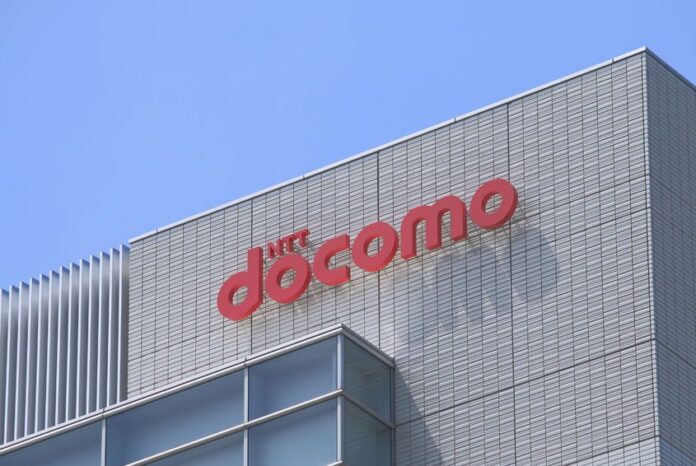The device will feature image recognition functionalities based on DoCoMo’s AI technology
Japanese telecom operator NTT DoCoMo plans to start trials of a new greenhouse pest monitoring device, the company said in a statement.
The device uses an ultra low-power, battery-operated, wireless high-definition camera in conjunction with image-recognition functionality based on NTT DoCoMo’s artificial intelligence (AI) technology.
During the trial, which will take place during from this September until March 2019, photos will be taken of pests captured by traps set up in greenhouses to help improve the image recognition accuracy of the device.
“NTT DoCoMo aims to develop a solution which will enable farmers and officials from the agriculture sector to carry out remote monitoring of greenhouse environments, which will improve efficiency and help stabilize yields,” the telco said in a statement. “New technology is required allowing IoT devices such as fixed point cameras to run for sustained periods of time on very low currents, because of the difficulty in securing stable power sources in farming environments and various other locations. To address this need, DoCoMo has made a strategic investment in Locix, Inc., a Silicon Valley start-up developer of ultra low-power wireless sensor networking and high-precision local positioning wireless technology. “
DoCoMo said that the Locix platform captures the spatial, visual and sensor data essential for the digitization of the physical world. The investment was made in July this year through NTT DoCoMo Ventures, Inc., a wholly owned subsidiary of NTT DoCoMo.
The visual sensor solution provided by Locix is comprised of an HD camera, a network switch and a Locix cloud API. It deploys 920 MHz radio communication and patented ultra low-power wireless sensor networking technology, which allows the cameras to be run and image data to be transferred via the switches for up to several years using battery power alone, the company said.
The solution will also allow the addition of other services through the interconnection of Locix cloud API with other systems, including DoCoMo systems.
“Going forward, DoCoMo plans to digitize the information collected by remote devices in farming environments and deploy the Locix visual sensor solution in other sectors beyond agriculture. These will include warehousing, merchandising and the security industry, thereby contributing to the expansion of DoCoMo’s business solution portfolio,” the Japanese telco said.
Last month, DoCoMo started a proof-of-concept (PoC) aimed at realizing a new video IoT solution that will enable the interpretation and analysis of video data sourced from surveillance cameras using edge computing. In connection with this initiative, the company also announced that it has made a strategic investment in Cloudian, a Silicon Valley-based specialist in enterprise object storage systems and developer of the Cloudian AI Box, an AI data processing device equipped with camera connectivity and LTE / Wi-Fi capabilities, facilitating edge AI computing with both indoor and outdoor communications.
“The solution being evaluated will interpret and analyze video data sourced using edge computing, supplementing processing performed in the cloud to provide superior IoT data processing capabilities. As a first step, the PoC will test and evaluate the sourcing of data from surveillance cameras, aiming to develop a solution that uses existing cameras, requires no wired connectivity and does not involve the transmission of large quantities of data,” DoCoMo said.

